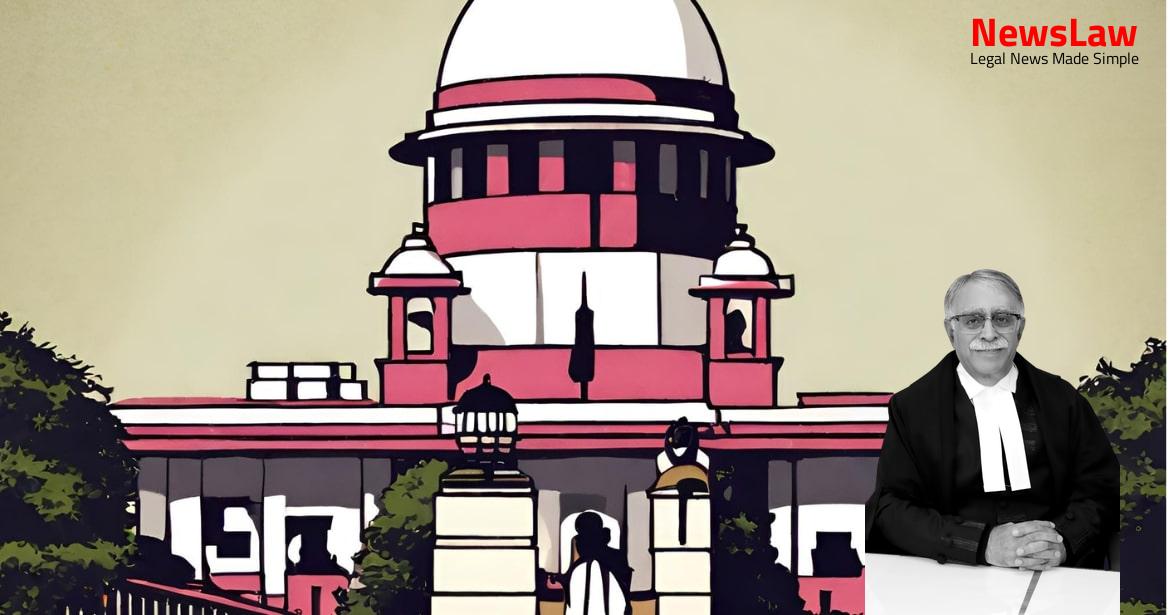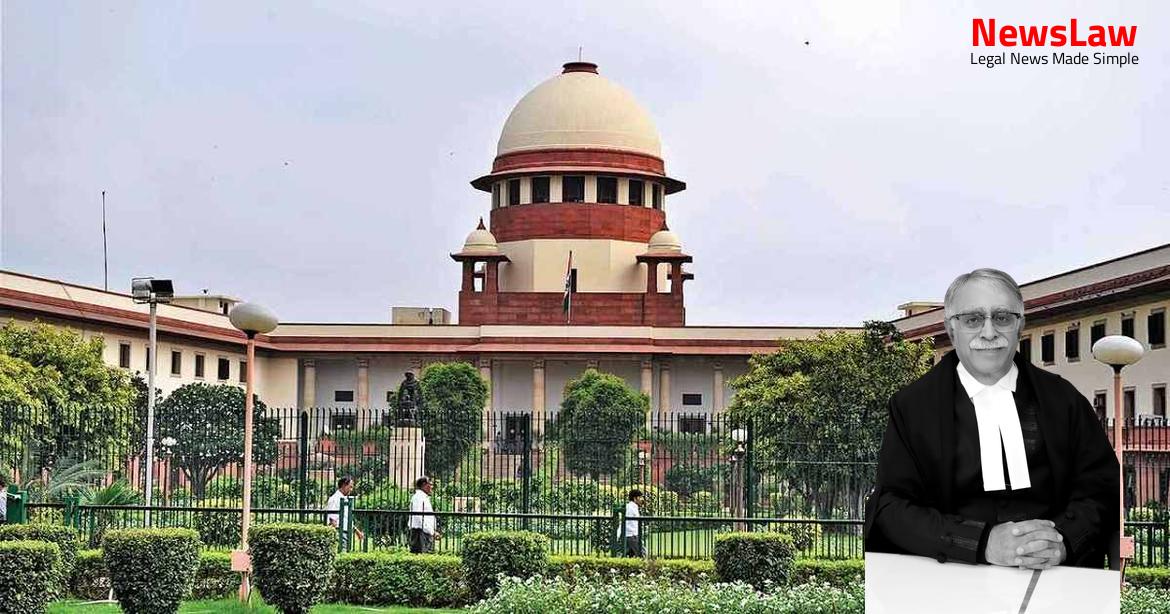Trial Court, Daltonganj in Sessions Trial Case
Also Read: https://newslaw.in/supreme-court/differences-between-parties-and-witnesses-in-a-civil-suit/
No 50 of 1989 titled as State vs Guna Mahto vide judgement dated 10.05.2001.
On appeal, in the impugned judgment delivered by the High Court of Jharkhand in Criminal Appeal No 214 of 2001 dated 23.07.2004 titled as Guna Mahto v.
It is the case of the prosecution that the accused had committed the murder of his wife and thereafter dumped her dead body in the well of the village with an intent to cause disappearance of the evidence related to the crime. It is a settled principle of criminal jurisprudence that in a case revolving around circumstantial evidence, the prosecution must prove the guilt of the accused beyond reasonable doubt and the circumstances relied upon must point out only towards one 4 hypothesis, that is, the guilt of the accused alone and none else. 1047] “Certainly, it is a primary principle that the accused must be and not merely may be guilty before a court can convict and the mental distance between ‘may be’ and ‘must be’ is long and divides vague conjectures from sure conclusions.”
Also Read: https://newslaw.in/supreme-court/high-courts-analysis-on-interference-with-arbitral-awards/
We find that there is no evidence, ocular or documentary, relating to the factum of the accused having caused the disappearance of evidence by giving information to the police in order to prevent himself from being prosecuted in relation to the murder of his own wife. Samodhi Yadav (PW-9), uncle of the deceased, residing in village Maran, only states that Ram Brijesh Yadav (co-villager) informed him that his daughter-in-law (the deceased) had eloped with someone residing in village i.e.
In any event such a deposition is only in the nature of hearsay and no more, which is also uncorroborated. So, these facts indicate that the deceased did not commit suicide rather she was murdered and her dead body was thrown in the well and the fardbeyan of the accused regarding the death of the deceased is due to suicide does not appear to be probable.”
at least one day prior to the date of recovery of body, she was murdered and her body was thrown in the well.” It is in this backdrop, that non-examination of the Investigating Officer attains significance.
We may reiterate that, suspicion howsoever grave it may be, remains only a doubtful pigment in the story canvassed by the prosecution for establishing its case beyond any reasonable doubt. State of U.P., (1975) 3 SCC 219, Bhoginbhai Hirjibhai V. State of Gujarat, (1983) 3 SCC 217].
Also Read: https://newslaw.in/supreme-court/promotion-policy-for-rank-of-avm-in-indian-air-force/
In view of aforesaid, we find that the order of conviction and sentence passed by 5th Additional Sessions Judge, Palamau, Daltonganj in Sessions Trial Case No.50 of 1989 dated 10.05.2001 as affirmed by the High Court of Jharkhand at Ranchi in Criminal Appeal No.214 of 2001 dated 23.7.2004 titled as Guna Mahto v.
Case Title: GUNA MAHTO Vs. THE STATE OF JHARKHAND (2023 INSC 240)
Case Number: Crl.A. No.-000108-000108 / 2012



